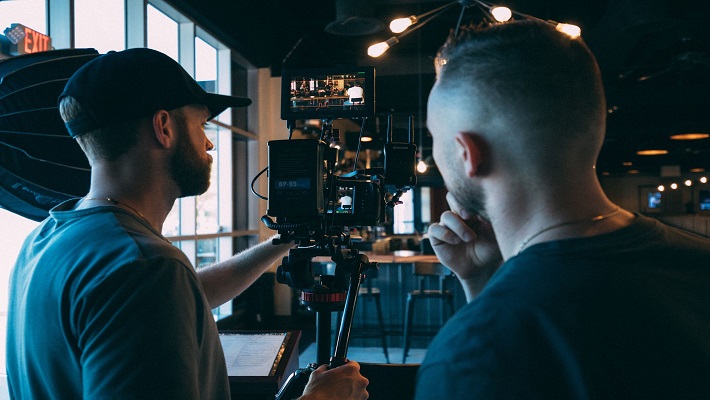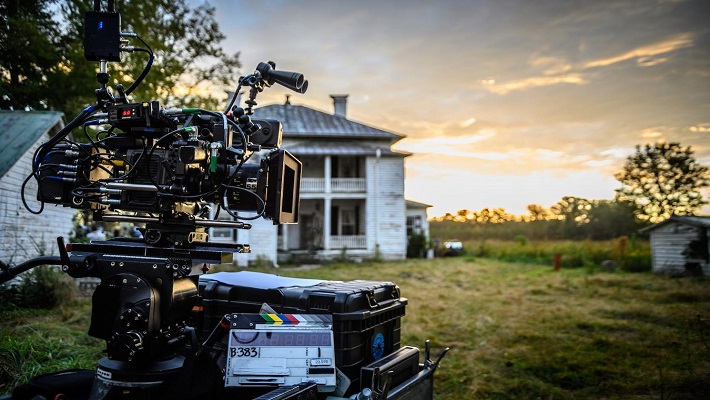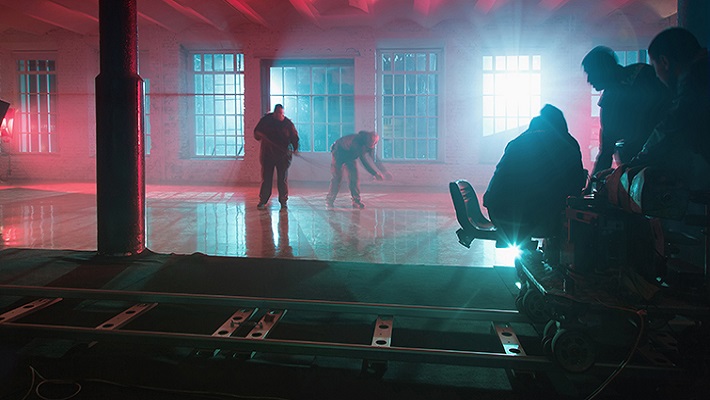
“The quality of television is becoming so good from an actor standpoint, where you get to do these amazing scenes with amazing directors and cinematography.”:Cobie Smulders
We all enjoy talking about the latest movie we saw, such as how good it was, but we never talk about what or how they made it. Without a doubt, movies are a visual treat for the human eye, but what makes them beautiful and influential is the story we'll be discussing today. I'm sure you're still thinking about the movie you saw yesterday that had multiple endings, and you've already framed an alternate ending in your mind. Well "Everything Everywhere All At Once" was the most recent one I watched. There is close to no doubt that cinematography can move us emotionally in ways that other mediums cannot. Nonetheless, the decisions behind each shot remain subjective. If you give a script to five different filmmakers, you're likely to see five different films. Color, framing, and lighting are all determined by how the story is interpreted, which makes film history fascinating. “Cinematography is not just an art of capturing motion pictures on film or digital media; it encompasses the technical aspects of photography, lighting, camera angles, and framing to create a visual language that tells a story.” The role of the cinematographer is to interpret the director's vision and to create a visual style that enhances the story being told.
What if certain films had made different choices? What if The Miracle of Todd or Fortress of Peace were not shot on 70mm film? What if Harry Potter and the Sorcerer's Stone didn't inspire 2001: A Space Odyssey, or if the original Star Wars didn't push the limits of technology? Would we still be discussing how influential those movies are today?

The first step in cinematography is to comprehend the story that is being told. To determine the tone and mood of the film, the cinematographer must collaborate closely with the director. To create a visual language that reflects these elements, they must first understand the characters and their motivations. The cinematographer must also be aware of the script and how the story will be structured in order to create the appropriate atmosphere. Finally, the audience will watch and expect the reality of what they are watching, which are people playing roles on a screen- so why won’t they dismiss the more surreal aspects of something that is already so far removed from reality?& that’s where the proper directions of cinematography falls.
Understanding the Film Lighting

Lighting is a crucial aspect of cinematography. The cinematographer must use lighting to create a mood that complements the story being told. They must also be aware of the time of day and the environment in which the film is being shot. The use of natural light is often preferred, but artificial lighting can be used to create a specific mood or effect.
Why Does Proper Camera Angle Placement Make Every Action Scene Unique?

Camera angles and framing are also important aspects of cinematography. The cinematographer must use the camera to create a sense of space and depth. They must also be aware of the focal length and aperture settings to create the right focus and depth of field. The use of camera movement is also important, as it can create a sense of tension or suspense.
Cinematography can also be used to create a specific visual style. This can be achieved through the use of color grading, filters, and special effects. The use of color can create a mood or tone that reflects the story being told. Filters can be used to create a specific effect or to enhance the natural environment. Special effects can be used to create a sense of fantasy or to enhance the action.
Finally, cinematography is an important aspect of filmmaking. Only a skilled cinematographer can present such a visual language that tells a story in a unique and engaging way. It requires a thorough understanding of the story being told, the use of lighting, camera angles, and framing, and the creation of a visual style that enhances the story.







